Can Cats Eat Scallops? What You Should Know Before Offering Scallops to Your Cat
- 9 Apr 2025 14:48
Scallops are a delicious seafood treat for humans, but can cats eat scallops? While scallops are not toxic to cats, there are important considerations to keep in mind before feeding them to your feline friend. Let's explore the benefits, risks, and how to safely offer scallops to your cat.

Are Scallops Safe for Cats?
In general, scallops are safe for cats to eat in moderation, as long as they are prepared properly. Scallops are low in fat, high in protein, and rich in omega-3 fatty acids, which can provide health benefits for cats. However, there are a few things to be aware of before offering them to your cat:
Preparation Matters:Raw scallops should be avoided, as they can carry bacteria and parasites that can cause foodborne illnesses in both cats and humans. It's essential to cook the scallops thoroughly to eliminate harmful bacteria and parasites. Always serve scallops plain, without any seasoning, butter, or oil, as added ingredients can be harmful to cats.
Portion Control: While scallops are a healthy, protein-rich option, they should only be given in small portions as an occasional treat. Scallops are not nutritionally complete for cats, meaning they should not replace their regular balanced diet. Moderation is key to avoid digestive upset or an unbalanced diet.
Shells and Other Parts: Only the meat of the scallop should be given to your cat. The shell and any hard parts of the scallop can pose a choking hazard or cause intestinal blockage. Be sure to remove the shell entirely before offering any scallops to your cat.
Allergies or Sensitivities: Like any new food, there's always the possibility of a cat having an allergic reaction or sensitivity to scallops. If you’re introducing scallops to your cat's diet for the first time, start with a small amount and monitor for signs of vomiting, diarrhea, or lethargy. If any of these symptoms appear, stop feeding them scallops and consult your vet.
Benefits of Scallops for Cats
Scallops can provide a few health benefits when fed in moderation:
High-Quality Protein: Scallops are an excellent source of lean protein, which is essential for muscle maintenance, tissue repair, and overall growth. Protein is a vital part of a cat’s diet, and scallops offer a healthy source of this nutrient.
Omega-3 Fatty Acids: Scallops are rich in omega-3 fatty acids, which support heart health, skin health, and help reduce inflammation. Omega-3s are beneficial for cats with conditions like arthritis or those needing extra support for their skin and coat.
Minerals and Nutrients: Scallops are also a good source of important minerals like zinc, selenium, and phosphorus, which contribute to your cat's immune function, bone health, and overall well-being.
How to Safely Serve Scallops to Your Cat
If you're considering offering scallops to your cat, follow these guidelines for safe preparation:
Cook Thoroughly: Always cook scallops before serving them to your cat. Steaming, boiling, or baking are good options, but avoid frying or adding oils, butter, or seasonings. Spices, garlic, and onions, commonly used in cooking, can be toxic to cats.
Remove the Shell: Ensure that all parts of the shell are completely removed, as well as any hard bits of the scallop. Only offer your cat the meat of the scallop.
Serve in Small Portions: Offer scallops as an occasional treat, not as a regular part of your cat's diet. A small piece of cooked scallop is plenty for your cat. Always keep portion sizes appropriate based on your cat's size and weight.
Monitor for Reactions: When introducing any new food, including scallops, watch for any signs of allergic reactions or digestive issues. If your cat shows signs of discomfort, discontinue feeding scallops and consult your vet.
What to Do If Your Cat Eats Too Much Scallop
If your cat overeats scallops or experiences any adverse effects, here's what to do:
Watch for Symptoms: Keep an eye on your cat for any signs of vomiting, diarrhea, or lethargy. These could indicate digestive upset or an allergy.
Contact a Veterinarian: If you notice anything unusual, or if your cat has eaten an excessive amount of scallops, it's always a good idea to contact a veterinarian. For quick advice, you can also use PettureX for 24-hour online consultations. The software offers expert guidance on pet health concerns and is a great resource if you're unsure about your cat's condition.
Conclusion
So, can cats eat scallops? Yes, scallops are safe for cats in moderation as long as they are properly cooked, free from seasonings or oils, and served in small amounts. Scallops can provide valuable protein, omega-3 fatty acids, and essential minerals, making them a healthy occasional treat. Always remove the shell and monitor your cat for any signs of food sensitivity or digestive issues.
For more advice on safe feeding and pet health concerns, consider using PettureX for 24-hour online consultations and quick guidance. 🦐🐱💚
Related

Frankly Dangerous: Can Cats Eat Hot Dogs? Vet Explains the Serious Risks
- 16 Apr 2025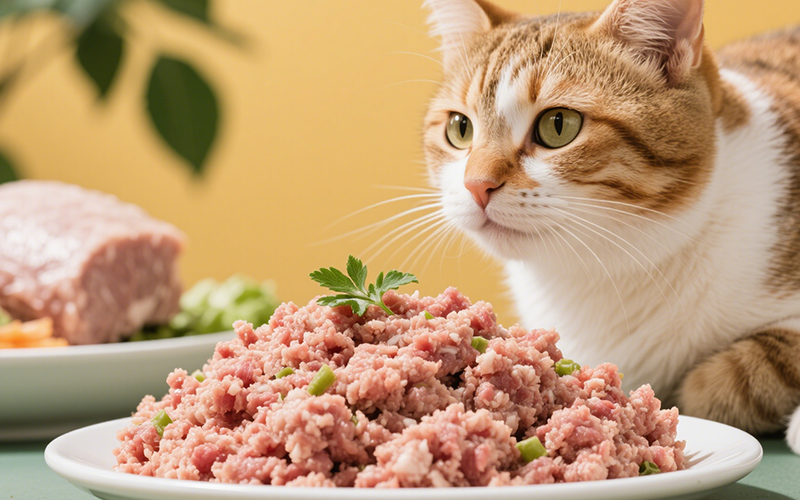
A Purrfect Protein? Can Cats Eat Ground Turkey Safely? (Vet-Reviewed Guide)
- 16 Apr 2025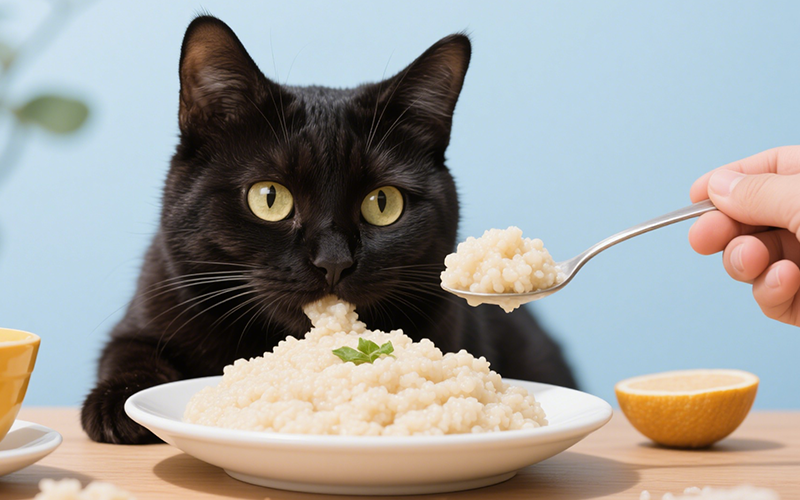
Gritty Situation: Can Cats Eat Grits Safely? Vet Explains the Risks
- 16 Apr 2025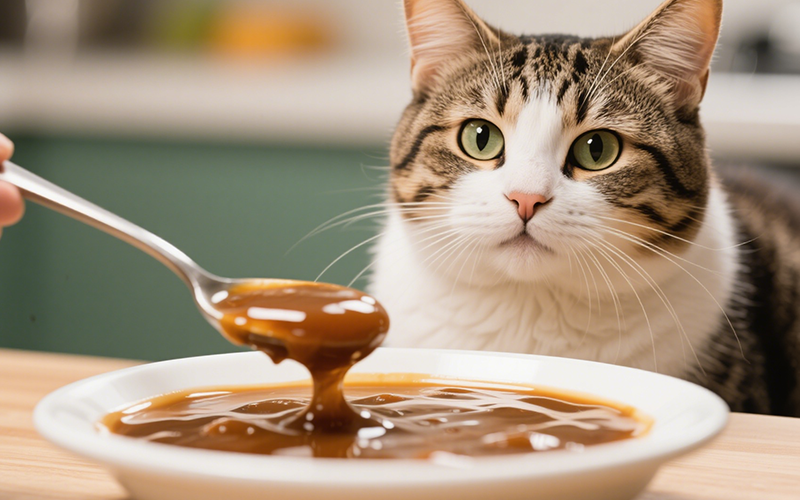
Gravy Danger Zone: Can Cats Eat Gravy Safely? (Vet-Reviewed Warning)
- 16 Apr 2025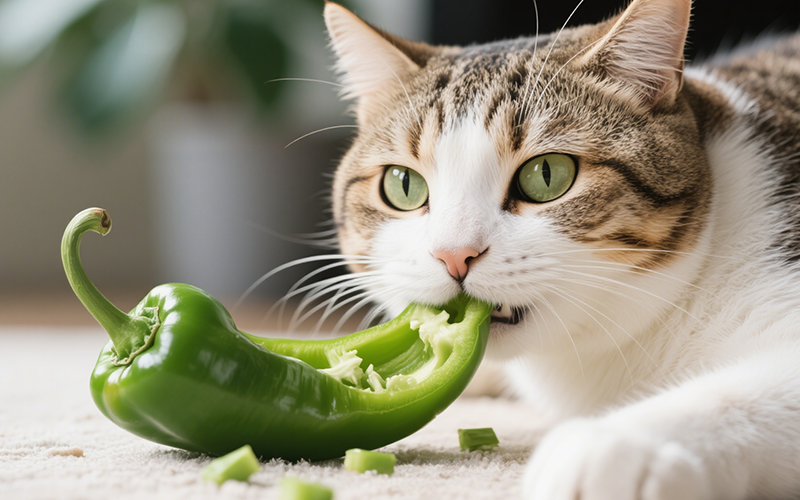
Crunchy Query: Can Cats Eat Green Peppers? A Vet-Reviewed Safety Analysis
- 16 Apr 2025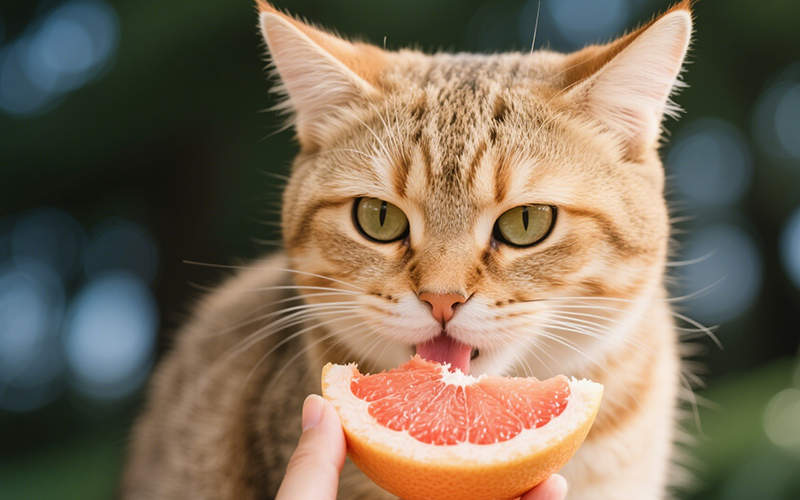
Toxic Temptation: Can Cats Eat Grapefruit? Vet Explains the Dangers
- 16 Apr 2025
Emergency Meal or Major Mistake? Can Cats Eat Dog Food For A Couple Days? (Vet Guide)
- 16 Apr 2025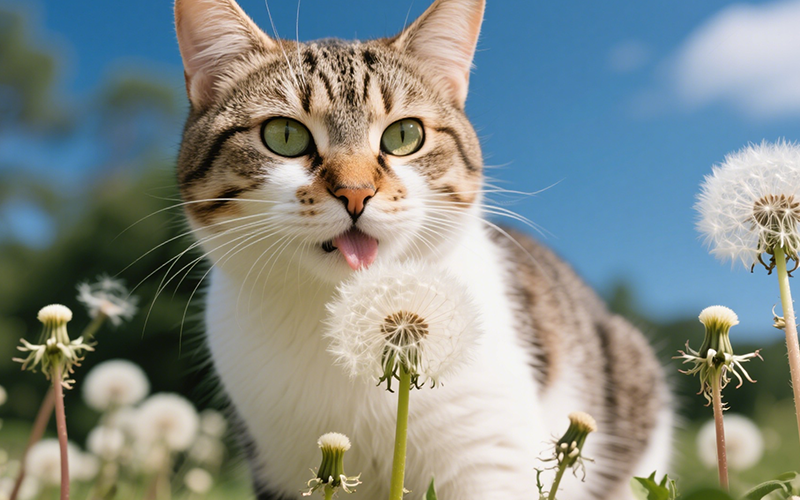
Dandelions & Felines: Can Cats Eat These Common Weeds Safely? Vet Explains
- 16 Apr 2025
Flaky Danger: Can Cats Eat Croissants Safely? Vet Explains the Buttery Risks
- 16 Apr 2025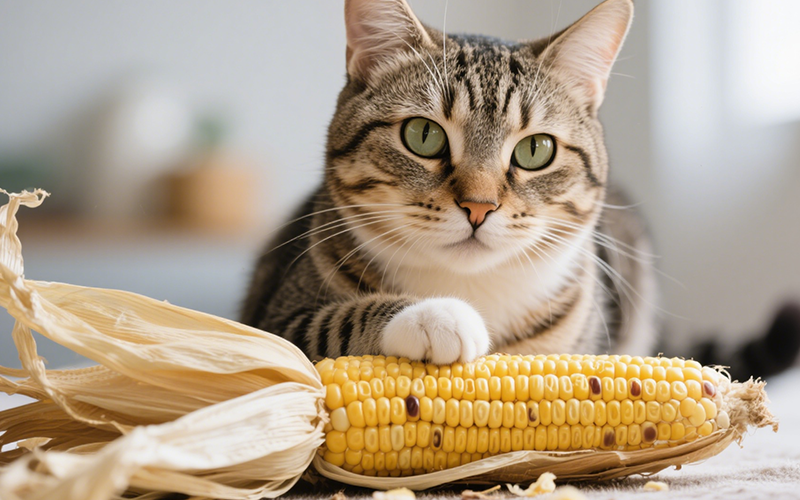
Hazard Alert: Can Cats Eat Corn Husks? Vet Explains Dangers of This Fibrous Material
- 16 Apr 2025
